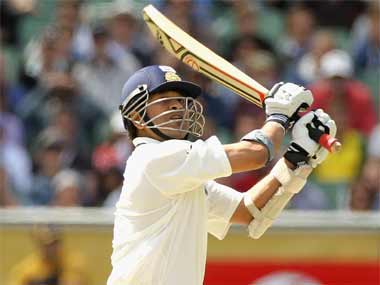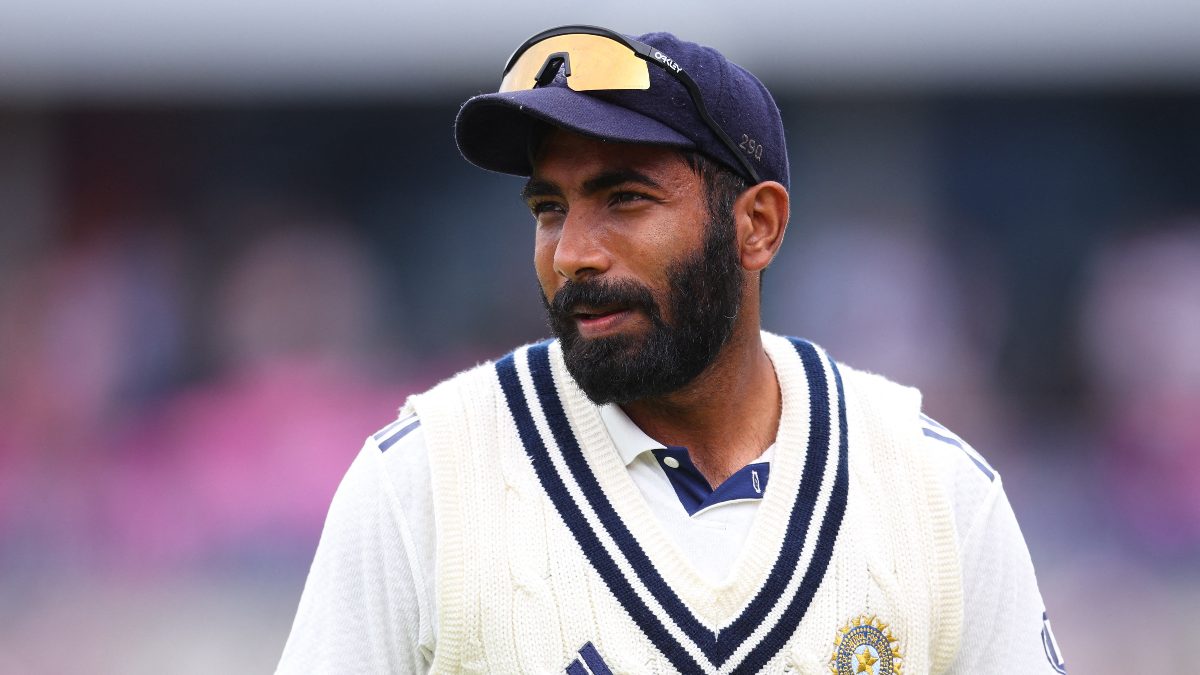It has been a disaster Down Under. There’s still one match to go but cricket fans are done with the mourning ritual already. By now the billion plus experts in the country must have run out of opinions on and remedies to the problem. The process started quite early, in England. So emotions have run dry. What we are left with is a clutter of convenient explanations, uncomfortable questions, ridiculous propositions, personal accusations and no real answers. What goes missing with Team India when it leaves the subcontinent? This is not a recent question; it has been around for more than three decades. Let’s start with some reality check. Historically, India has been a poor performer on foreign tracks, with a series victory here and there being more an aberration than the rule. A bit of rewinding of the past would reveal the unpleasant sight of clueless Indian batsmen making a mess of themselves against genuine fast bowling, on the pacy pitches of the West Indies and Australia. A few preferred to leave their stumps exposed while taking guard, others refused to take runs to avoid facing fast bowlers. The braver ones played wild shots, more with the intention to get out than to take the attack to the opposition. The expectations from the present team were much higher since the batsmen have proved their worth on difficult pitches and shown themselves as good competitors in hostile conditions. In the ranks are a few all-time greats of the game, the achievements of whom cannot be rubbished just because of a couple of bad performances. [caption id=“attachment_182390” align=“alignleft” width=“380” caption=“Despite not scoring his 100th test 100, Sachin Tendulkar still scores the runs. Getty Images”]  [/caption] It should not be ignored that this is the best Indian team in a long, long time. With the mix of youth and experience, raw aggression and pure skill and sheer variety of technique in batting, it was expected to be a world beater. The World Cup win was alright, but victories in England and Australia would have been moments to treasure for the lay follower of the game. What he got instead was a shocker of a performance. However, before trashing the team, let’s not forget that teams visiting India — that includes Australia and England — also perform below par. It is not that the skill is lacking, but the pitch condition here takes long to get used to. Before they come to terms with it, the series is almost over. This could be said of India too. Foreign conditions are not easy but its players are not first timers in English and Australian conditions. That hurts. And yes, no team, even a bad one, plays to lose. Defeats are shameful; team members realise it more than outsiders because their reputations are at stake. With all respect to television experts, the players understand the game much better than they do — for the simple fact that they play the game and have been doing so for years under all conditions, domestic and international. There is sufficient knowledge of the game available in the team pool itself and that is far bigger than the knowledge available with a billion experts in the country. The point is, unlike what everybody likes to believe, a lot of thinking goes into the game, both at the individual level and the level of the team. That it does not work in many cases, is a different matter altogether. Now, lets cut through the clutter of opinions to make sense of it. Here are a few favourite ones. Team selection: Why is player A sitting out while player B is in? How many times have you heard this argument being made? There have been questions on why Virat Kohli is in the squad while Rohit Sharma is out, and why Harbhajan Singh has been left out of the team and Ashwin is in. Does one player — who is not necessarily inferior or superior in ability to his competitor and has made it to the squad on merit — make such a huge difference when the team is collapsing in a heap? Well, it is always easy to be wise in hindsight. Off with his head: To hell with the seniors, their records. Just drop them and brood youngsters. Amazing logic this. What is the guarantee that the newcomers replacing them will be as good? The seniors are there because of their performance. Nobody is doing them a favour by retaining them in the team. Rahul Dravid has been the best performer for the country the last year. Sachin Tendulkar still scores the runs. No one has scored better then these two in recent times. So what’s the big fuss about? Probably, VVS Laxman’s case is a bit difficult to defend. But are there many youngsters who have performed better than him. And he has a history of good performances against Australia. Sack Dhoni: The captain is an idiot. It is plain luck that makes him successful, most experts would maintain. If the 2007 ICC World Twenty20, the Border-Gavaskar Trophy wins in 2008 and 2010, 2011 World Cup and several series wins under him were just strokes of good luck, we would rather have such captains. Dhoni has no clue about field placings, using bowlers and reading pitch condition, his critics argue. Sad. No such comment comes when he is winning. Victory has a hundred fathers but defeat is an orphan, goes the saying. Is it possible that Dhoni, with a bank of experience available to him in the form of seniors, would have a bout of amnesia all of a sudden and forget how the game is played altogether? Go carting vs practice: The outrage over Indian players going for go-carting instead of focussing on practice before the Perth match was amusing. What is so gross about the team deciding to take some time off to re-focus on it later? Does not everybody do that in high pressure situations? Unfortunately for the team, it did not help. Nobody would have raised a voice had the team played better at Perth. Frankly, such minor things don’t make a huge difference to the team’s prospects. Continues on the next page These arguments are at the best pedestrian, which unnecessarily make peripheral issues the central concern while leaving the real problem with the Indian team untouched. Of course, there are some good suggestions around which deserve the mention. These include curtailing the length of the Indian Premier League; choosing separate sets of players for different formats; ensuring adequate rest for players; better incentive for players preferring a Test career; better management of domestic tournaments; better mechanism to groom talent; adequate practice matches on foreign soil before the team takes on the national side, besides others. The core confusion about the team‘s performance still remains unanswered. It should start with one simple query. Why does the team fall apart when playing outside? We have some stand-out individual performances — like Dravid’s in England — but the team as a whole disintegrates. There’s no fight, no intent to push back and no ability to deliver as a group; it’s just abject surrender. That’s the most intriguing part of the team’s performance. This, given the fact that there are proven performers in the side. A team is bigger than the sum of the individuals. What we see in the Australian side — which is not the best in recent times — is brilliant team performance. Partnerships are being built; there’s effort to convert the 20s into hundreds; bowlers are hunting in a pack and with discipline; and in general there’s the urgency to perform and win. This is sorely missing in India’s case. Possibly, it has to be about the mental aspect of the game. The Aussies are tougher in this respect. India is strong in home conditions but when there is sustained pressure on it, the team cracks. But you don’t develop such mental attitude overnight. It has to come from hard and long training. Moreover, as a country we are given to worshipping individuals than team performances. This is a cultural trait. Defeats don’t actually shame us, the failure of heroes does. Cricket has to emerge out of this mindset. The task is not easy but the game’s custodians have to find a way. Again, everything about sporting challenges boils down to skills. Whatever the theories going around — mind games and such nonsense — what ultimately matters is skills. For batsman every ball is a question for which he needs to have answers. For a bowler every ball he hurls must be a challenge to the batsman. Watch the Australians bowl. If they appear have dominated our batsmen at this point, it has to do with the way they have prepared for the contest. They have worked out the strengths and weakness of the Indian batsmen and armed them with adequate skills. Indian bowlers, on the other hand, appear lost. Obviously, we don’t prepare hard enough before a Test series or plan to out-think the opposition. To put it blandly, we are never too serious about it. The skill and mental aspects of the game is where India fails the test. There seems to be no clear solution to that yet because no thought has gone into that. Experts should be worried about this more than the inanities they dwell on at present. If it requires infrastructure they should demand that. Just cursing the team for failures is not the way to go. An effort in this direction will serve Indian cricket better.
There must be a stop to that off-with-his-head rant. Instead, there should be sober thinking on the problem that the Indian team is facing.
Advertisement
End of Article


)

)
)
)
)
)
)
)
)



